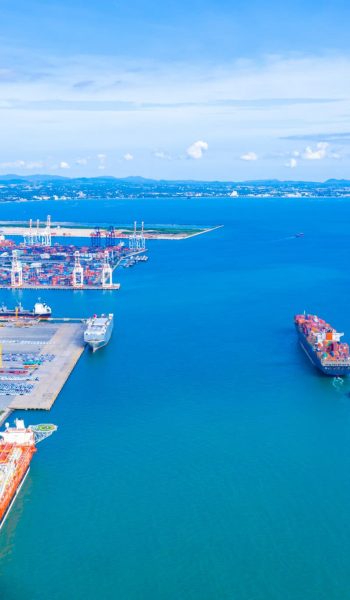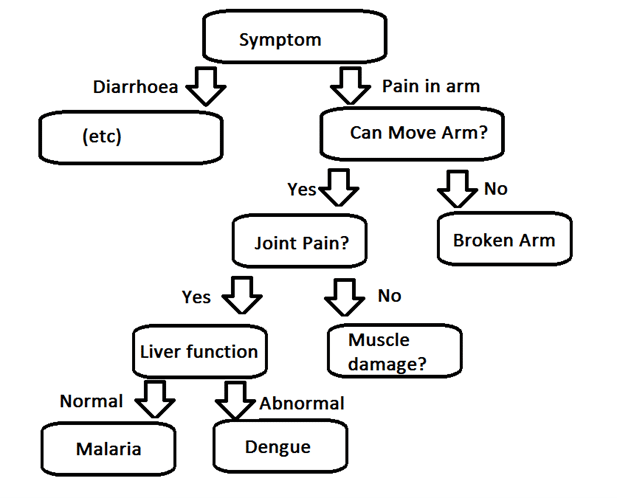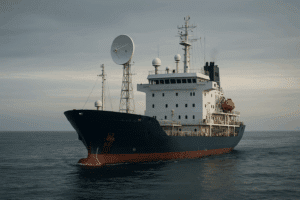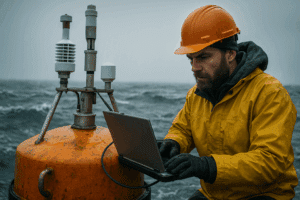1 - What does Artificial Intelligence mean?
The research in Artificial Intelligence aims at producing machines that have the same capabilities as the human mind to perform tasks such as understanding language, recognizing pictures, solving problems and learn. This AI comes in two paradigms: weak and strong AI. The weak AI is the AI as we know it today, an AI pre-programmed by a human. It is kind of a “stupid” AI, only capable of reproducing what it has seen or act as it was programmed to. On the other side, strong IA as a will and reasoning of its own and can make independent decisions. This AI is currently only science-fiction, its most known representatives being Terminator or Jarvis in the Avengers.
Thus, when we speak about AI, is it generally about its weak form. However, it is now stronger than humans to perform some tasks when it has properly learned or is programmed to do so. With a high computing power, an AI can automatically translate thousands of lines or classify thousands of images in a few seconds. It can also process large amounts of data in a reasonable time. If a human is often still needed in the loop to ensure everything is happening as expected, AI enables the automation of long and tedious tasks that would take humans too much time to be worth doing.
Predict the ETA of any vessel for free!
Get an accurate prediction of the ETA of any vessel thanks to our ETA Calculator Module. It’s easy, in real-time and free. You just have to sign-up to our HUB.

2 - What Are the forms of Artificial Intelligence
The most known (and spoken of) form of AI is machine learning. From scratch, an AI system will know nothing about the task given to it. But by showing it examples of what it should do, it will learn how to do it. For instance, by feeding an image classifier with a lot of photos of cats and telling it “this is a cat”, it will be able to make the difference between cat and non-cat images.
But machine learning is not the only type of AI, although it is currently the dominant form. Algorithms can be considered as AI, for instance the Dijkstra’s algorithm that can find the shortest path to a single destination in a network of roads. Expert (or rule-based) systems are also AI (Figure 1). These systems are designed by experts of a field (e.g., a medical doctor) to model a human reasoning using rules. The first use of such a system is medical diagnosis which can be translated in a series of questions that lead to the diagnosis of a condition. These systems are efficient but requires expert knowledge and can be very complicated to manage as the number of rules increase. Some system can have hundreds of rules! Imagine how difficult it can be to avoid errors and overlaps in the rule interactions.
Another well-known form of AI are conversational agents, such as the chatbot that provides support during your visit of a website or the vocal assistants in your phone/your home (Google Assistant, Siri, Alexa…). These assistants require a large panel of AI systems to work: they must convert your voice to text, then analyse this text to understand it and answer your query. These assistants mostly fall under the field of Natural Language Processing (NLP) and use knowledge bases to answer questions.

Example of an expert system[1]
[1] https://sites.google.com/site/keremitgsnotes/chapter-16—ai-and-robotics/expert-systems
3 - How AI is used in the maritime industry?
AI has many applications in the maritime industry due to the large amount of data it produces over the years. The main source of data is the flow of AIS messages transmitted by vessel using Very High Frequencies (VHF), but it also includes satellite data (mainly images) and text data from the websites of ports or maritime authorities. Here are some usecases by category:
- Surveillance: maritime authorities needs to know what happen in the vicinity of the ports, but also far away from the coast in high waters, often the theatre of illicit activities. This knowledge of what happens at sea, also known as Maritime Situational Awareness, can be improved using AI on the massive flow of data received every day by the surveillance operator. It includes anomaly detection based on AIS (transhipping, smuggling…) but can also use SAR (Synthetic Aperture Radar) and optical imagery to detect spoofed positions.
- Fishing: the protection of restricted areas and the respect of the quotas are of vital importance to the fishing activities. An AI system can automatically raise an alert when a fishing vessel enters a forbidden area. Fishing behaviours can also be identified since a vessel will not move the same way whether it is a liner or a purse seiner. The use of Fishing Aggregating Devices (FAD), infamously known for their important bycatch rates, could also be spotted with AI.
- Environment: thanks to satellite imagery, water pollution can be detected and the polluters identified. The algae that thrive in polluted waters are a problem to the nearby inhabitants (like sargasso), and their spreading can be detected and assessed (Figure 2). With sensors and data on the water quality, it is also possible to predict the evolution of the algae spread.
- Cargo: using the history of vessels movements, tracked using AIS, it is possible to extract the maritime lanes and optimize the route planning for cargo vessel. Accurate route planning combined with an efficient port management could reduce the delays and waiting time for vessels by avoiding port congestions. Given a departure port, a destination, the history of vessels doing the same travel and weather data, it is possible to provide a Predicted Time of Arrival (PTA) and the more accurate it is, the easier it will be to avoid congestions. A better planning also implies less fuel consumption and less pollution.
4 - How can AI better understand the maritime issues than real human being?
Any expert with enough time will be able to analyse the data and solve a problem. But the amount of available data is exponentially growing, and it is more and more difficult to process it in a reasonable time. Most current AI will solve the same problems that humans can but faster. Still, there are some issues that humans cannot solve but AI can, such as detecting a vessel the size of a pixel on SAR imagery or find a specific pattern in millions of data points. It requires computing power above the capacity of the human brain.
However, the key point here is not to know if AI can understand maritime issues better than a human being, but if the human being can understand why the AI system takes a specific decision. Many AI models are known as “black boxes”, a system with an input and an output but nobody knows what happens in the middle. It is a kind of magic. In recent years, explainable artificial intelligence (XAI) has become an important field of research to make the decision of machine understandable (Next picture). This is all the more true for operational staff that need to make life and death decisions: they cannot say “I did so because the machine told me to”. AI can make a wonderful decision aid tool, but it must be justified. That is why no matter how sophisticated an AI system is, having a human in the loop to guide the system and validate the decisions is still relevant.

Figure 3 – AI vs XAI[1]
[1] https://www.darpa.mil/program/explainable-artificial-intelligence
This article was written by :
Jacques Everwyn – Artificial Intelligence Engineer at Sinay
Frequently Asked Questions About: ARTIFICAL INTELLIGENCE
The research in Artificial Intelligence aims at producing machines that have the same capabilities as the human mind to perform tasks such as:
understanding language, recognizing pictures, solving problems, and learning.
An Artificial Intelligence example is: With a high computing power, an AI can automatically translate thousands of lines or classify thousands of images in a few seconds.
The most important water quality test is bacteria. Bacteria can have very negative effects on human health and the food we eat.
AI is the ability of machines to perform human tasks.
For example, AI enables the automation of long and tedious tasks that would take humans too much time to be worth doing. An AI system will know nothing about the task given to it. But by showing it examples of what it should do, it will learn how to do it. For instance, by feeding an image classifier with a lot of photos of cats and telling it “this is a cat”, it will be able to make the difference between cat and non-cat images.
Artificial Intelligence improves business operations and efficiency. It can be used as a decision-making system for accurate port operation predictions. Artificial Intelligence uses Big Data to predict what will happen in the future supply chain system.
AI is seen as the future by many experts and industries. Often, AI replaces small tedious jobs, allowing companies to focus on what is important.
Artificial Intelligence also creates a safer working environment, reducing driver mistakes and accidents and helping with overall work safety security.


